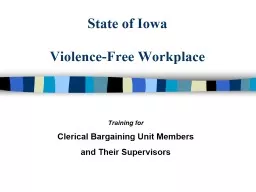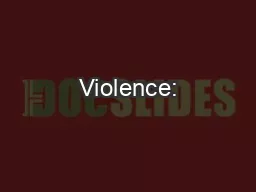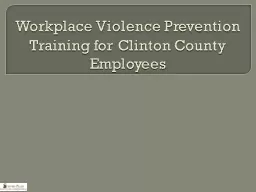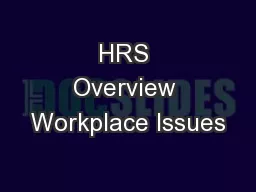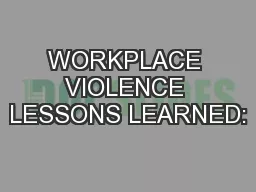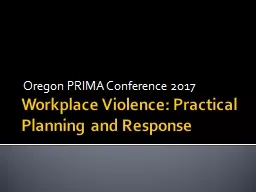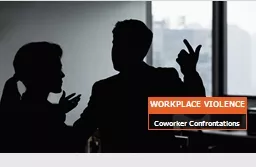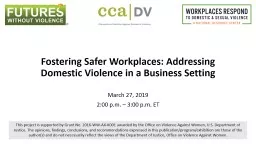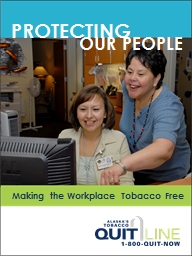PPT-State of Iowa Violence-Free Workplace
Author : luanne-stotts | Published Date : 2018-10-09
Training for Clerical Bargaining Unit Members and Their Supervisors Summer 2014 2 AFSCME Susie Baker Julie Ann Beddow Shelly Hill Cathy Pearson James Thompson
Presentation Embed Code
Download Presentation
Download Presentation The PPT/PDF document "State of Iowa Violence-Free Workplace" is the property of its rightful owner. Permission is granted to download and print the materials on this website for personal, non-commercial use only, and to display it on your personal computer provided you do not modify the materials and that you retain all copyright notices contained in the materials. By downloading content from our website, you accept the terms of this agreement.
State of Iowa Violence-Free Workplace: Transcript
Download Rules Of Document
"State of Iowa Violence-Free Workplace"The content belongs to its owner. You may download and print it for personal use, without modification, and keep all copyright notices. By downloading, you agree to these terms.
Related Documents

